
MCQ on Proton Gradient and ATP Synthesis
A proton gradient is a difference in proton concentration across a membrane, created by the electron transport chain. ATP synthesis occurs when protons flow back […]

A proton gradient is a difference in proton concentration across a membrane, created by the electron transport chain. ATP synthesis occurs when protons flow back […]
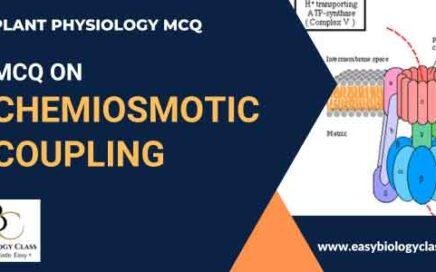
Chemiosmotic coupling is the mechanism by which ATP is synthesized in mitochondria and chloroplasts. It involves the movement of protons across a membrane, creating a […]
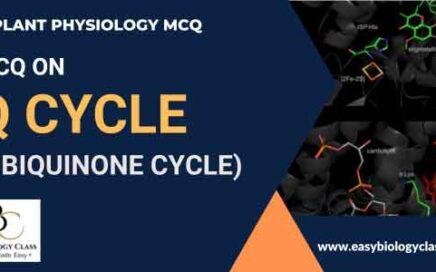
The Q cycle is a mechanism in the electron transport chain’s complex III (cytochrome bc1 complex) that transfers electrons from ubiquinol (QH2) to cytochrome c. […]
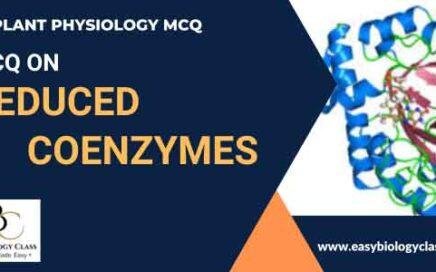
Reduced coenzymes, such as NADH and FADH2, are molecules that carry electrons and hydrogen ions during cellular respiration. They are formed when NAD+ and FAD […]
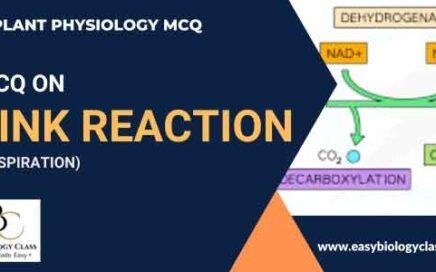
The link reaction, or pyruvate decarboxylation, is the process where pyruvate from glycolysis is converted into acetyl-CoA in the mitochondria. Pyruvate loses a carbon dioxide […]

The electron transport system (ETS) is a series of protein complexes and electron carriers in the inner mitochondrial membrane that transfer electrons from NADH and […]
The CAM (Crassulacean Acid Metabolism) cycle is a photosynthetic adaptation in some plants allowing them to fix CO₂ at night, storing it as malic acid. […]
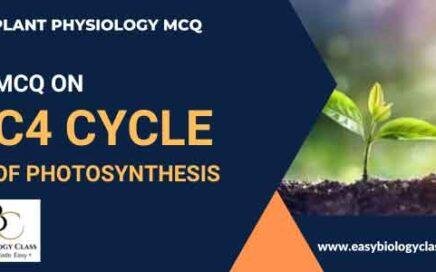
The C4 cycle (Hatch and Slack Pathway) is a photosynthetic process in some plants where CO₂ is initially fixed into a four-carbon compound. This adaptation […]
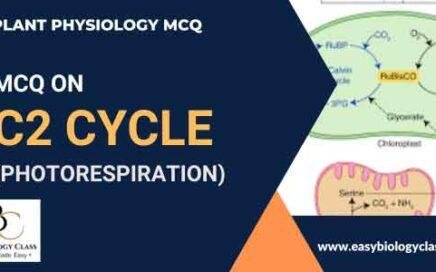
Photorespiration is a process in plants where the enzyme RuBisCO oxygenates RuBP, leading to the release of CO₂ instead of its fixation. This occurs when […]